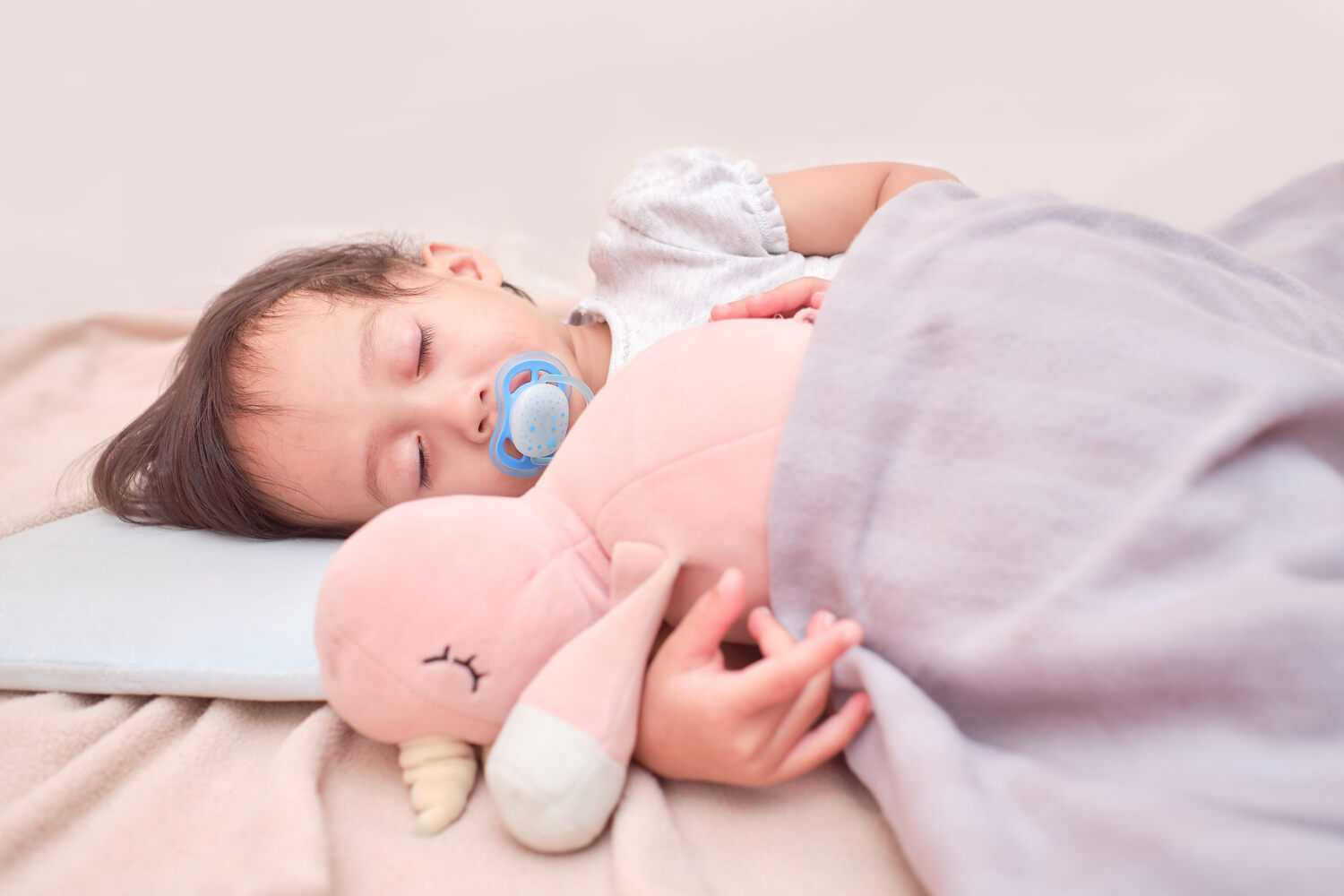
Coming out of the crib and sleeping in a toddler bed is one of the big milestones in childhood development. But this transition may not be that easy for you to initiate. Don’t worry as here are tips for smooth transitioning to a toddler bed for you.
Switching to a toddler bed is inevitable as your kid gets bigger. But when is the right time to make this switch? How to easily transfer a toddler from the crib to the bed? Here are the top ten tips for you.
In This Article
- What is The Right Time to Make The Switch to a Toddler Bed?
- Signs Your Toddler is Ready For a Toddler Bed
- Tips to Pick The Right Bed For Your Toddler
- Toddler Bed Safety Tips And Guidelines
- Top 10 Tips For Easy Transition From a Crib to a Toddler Bed
- What if You Need to Transition For a New Baby?
- FAQ’s
What is The Right Time to Make The Switch to a Toddler Bed?
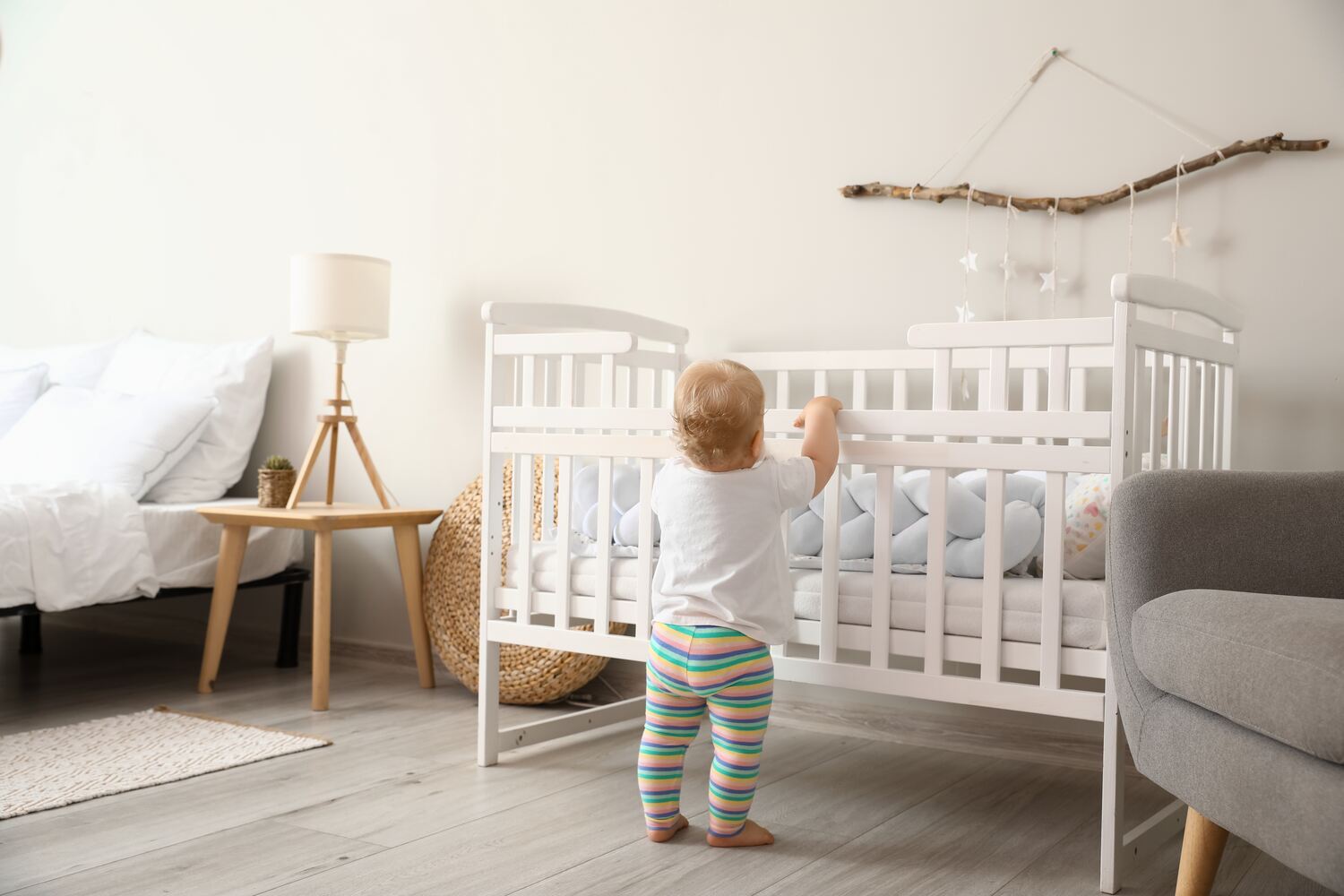
There is no right time to make a toddler switch to a toddler bed. It will depend on how fast your toddler tries to reach out of his/her crib. Ideally, you need to shift your toddler from a crib to a bed before they start climbing up their crib. Otherwise, they will fall and get hurt.
Toddlers can try this exploration anytime between 18 months to 3 years or after they reach a certain height (35 inches) (1). However, as every kid is different, some may try to climb faster than others and some may not try at all. Hence, to make the switch to a toddler bed you will need to entirely rely on the signs that your toddler gives when they are ready.
Signs Your Toddler is Ready For a Toddler Bed
There are a few signs that you will have to be aware of to understand when your toddler is ready for a toddler bed. The signs that your toddler is ready for the transition are (2)-
- Your toddler is trying to climb out of the crib or successfully does it
- The safety railing of the crib is now lower than your toddler’s chest level
- Your toddler wishes to stay in your bed for sleep
If you notice these signs then it is time to buy a separate bed for your growing toddler.
Tips to Pick The Right Bed For Your Toddler
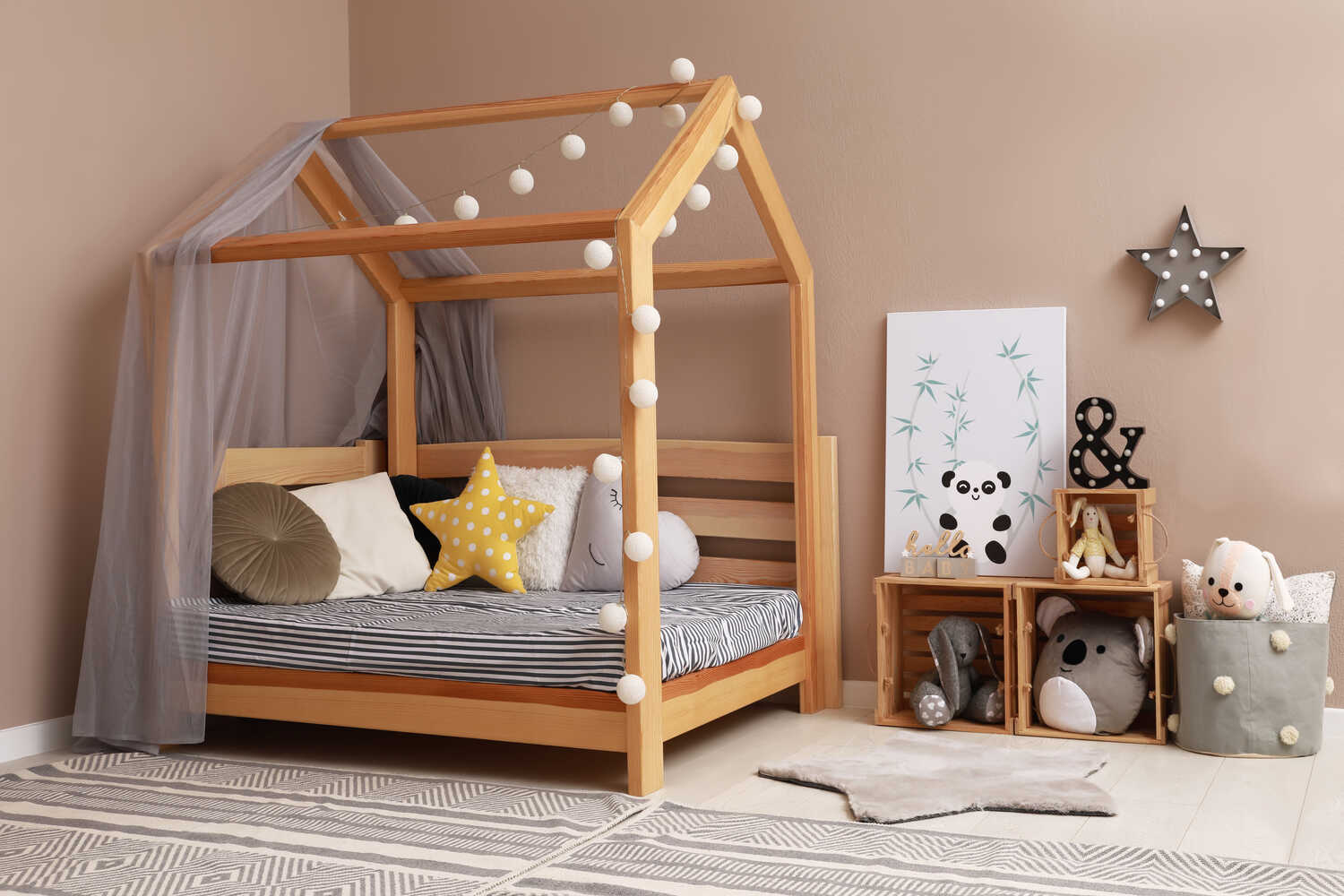
Picking the right bed for your toddler is extremely important for their safety and comfort. Here are some tips for your help-
- Choose durable wooden beds instead of lightweight plastic or plywood beds
- Pick a soft mattress and multiple pillows for the comfort of your toddler
- The mattress needs to fit well in the bed
- The height of the bed needs to be low so that your toddler can easily mount or descend from it
- It will be better if the toddler bed contains rails on multiple sides for safety (3)
These tips will surely help you to pick the right bed for your toddler.
Toddler Bed Safety Tips And Guidelines
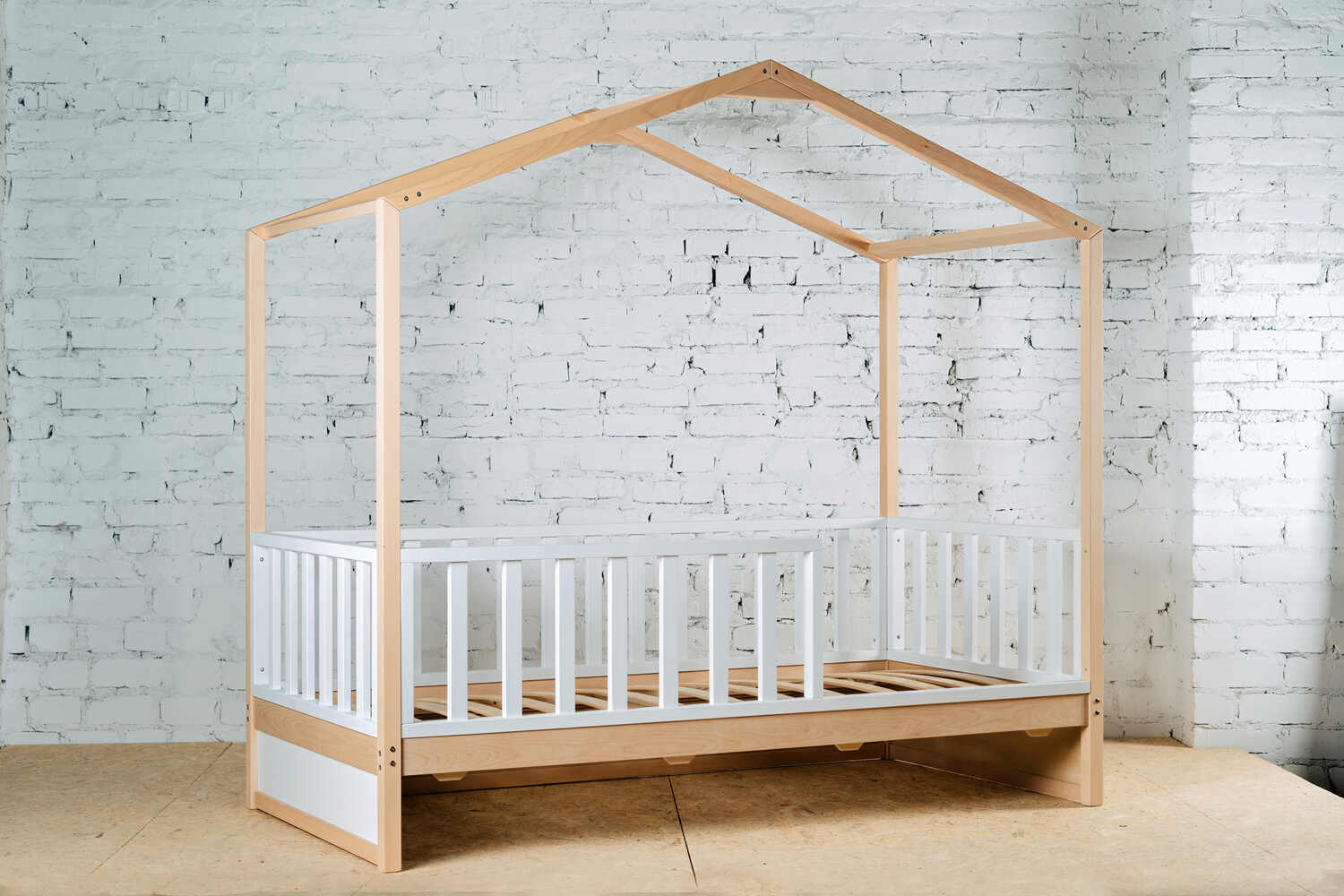
Safety should be your primary objective while shifting your toddler from a crib to a bed. Here are some safety tips and guidelines that you can follow to safeguard your toddler against any mishap-
- The size of the bed or the mattress needs to be suitable for your toddler
- There should not be any gap between the mattress and the sides of the bed otherwise the tiny limbs of your toddler may get stuck there (4)
- Removable safety rails are necessary initially
- Avoid bumpers in your toddler’s bed
- Place the bed in a safe place at least 2 feet away from windows, wall lamps, switches, blind cots, or heating vents (5)
- If you put the toddler bed in a separate room then installing CCTV and alarms are necessary for monitoring your toddler’s activity
- Make the room child-safe by installing child proof latches, and socket covers, and removing small objects that can pose choking hazards (6)
- Install a baby gate at the door of your toddler’s room, especially at night
By following these safety measures you can let your toddler safely enjoy the new bed and explore outside if they want.
Top 10 Tips For Easy Transition From a Crib to a Toddler Bed
Whether by choice or necessity, for an easy transition from a crib to a toddler bed you will require a few tips. Here are the top 10 tips for an easy transition –
1. Involve Your Toddler
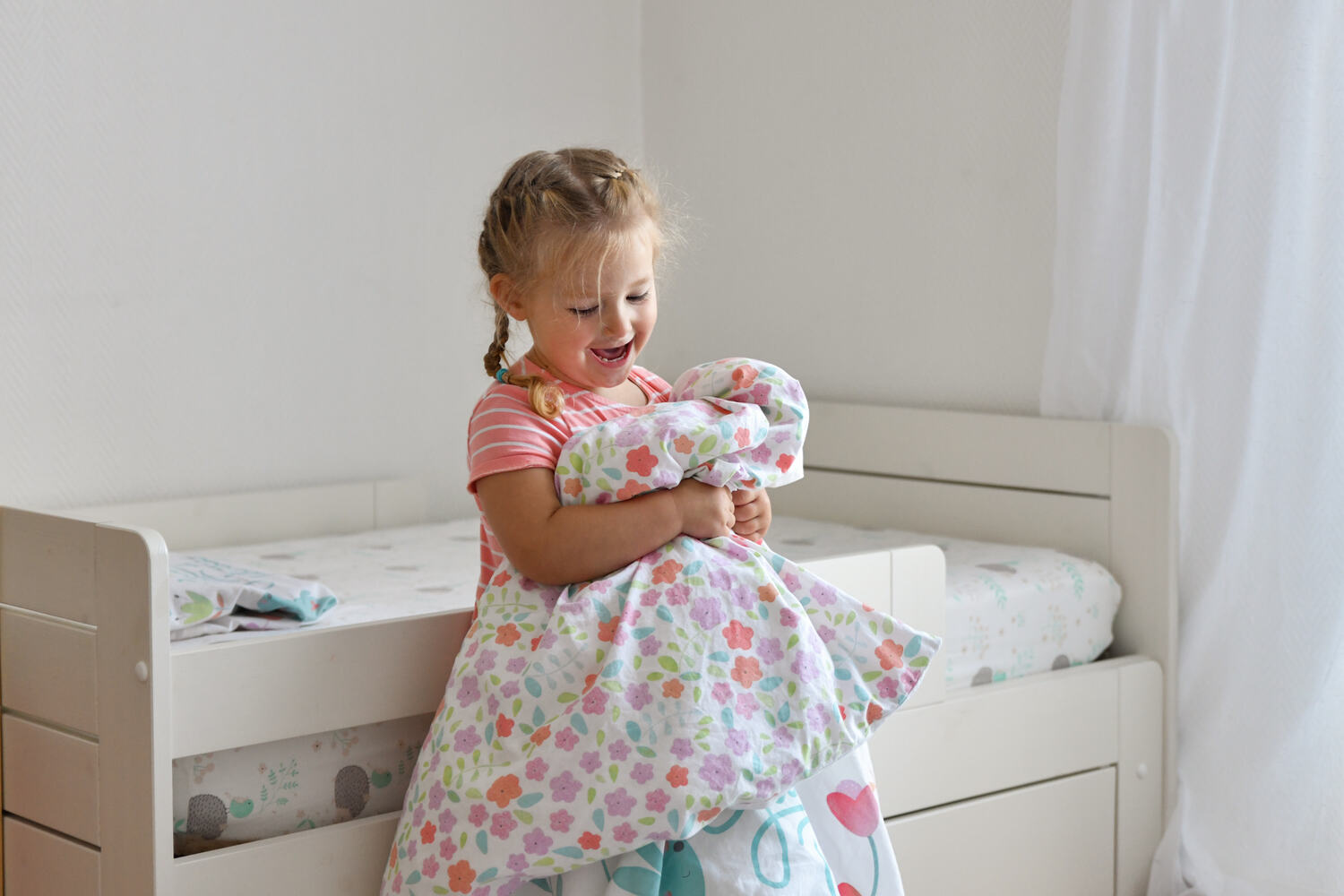
Take your toddler’s help to arrange the cushions or soft toys in their bed to make them feel involved and enthusiastic about the whole process (7).
2. Make Changes Earlier
Introduce your toddler to the bed at least two months prior to the time when you actually want them to sleep in it. This way by the time they have to actually start sleeping in their own bed, they will have become acclimatized to it. The more you delay it, the more challenging the transition will be.
3. Talk About it
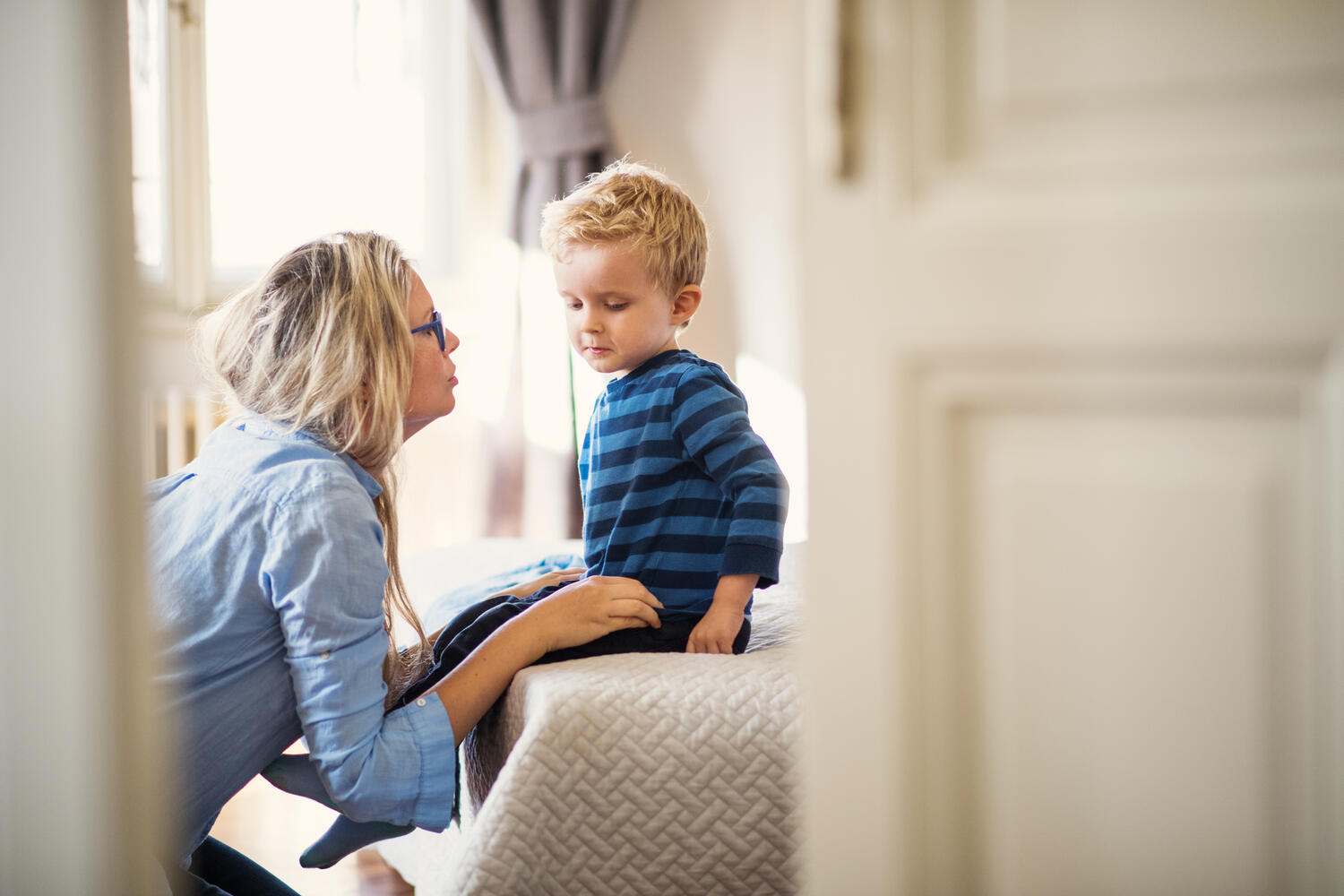
Talk to your toddler about the change. Say that they are big now and hence need a big bed. Conversations will help them to have an understanding of the upcoming change.
4. Take Their Choice Into Consideration
Pick the colors, shapes, and prints that your toddler loves, to decorate the bed. This way they will feel excited to be in their new bed.
5. Stick to The Routine
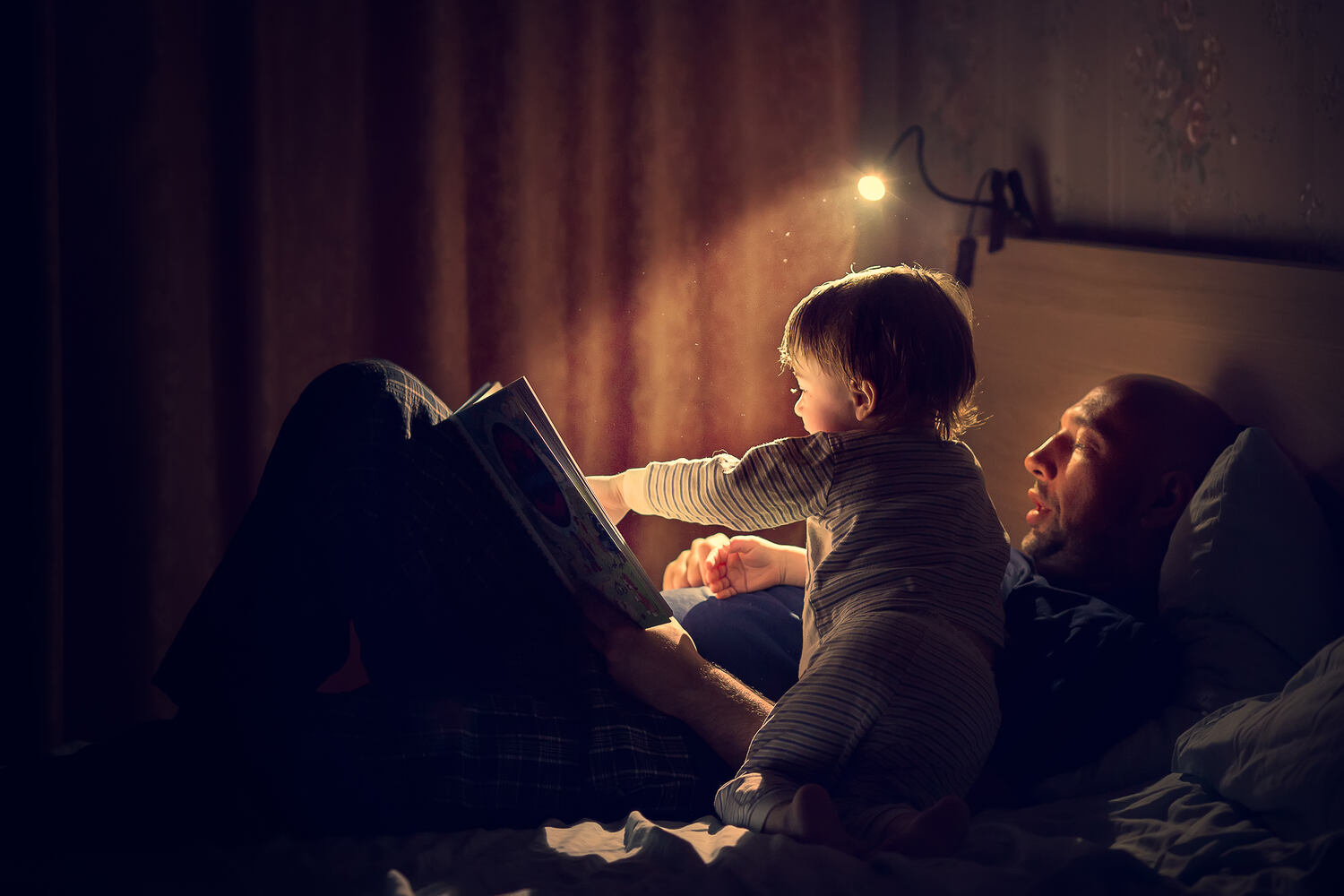
Follow your usual bedtime routine. Do not change the time of sleep or the routine you follow before sleep such as brushing teeth, reading story books or singing lullabies (8).
6. Do One Change at a Time
Make one change at a time. Do not go for potty training or any other big changes while initiating this transition. A toddler’s mind cannot handle so many changes at once. Introduce any change slowly and give them time to get adjusted to it.
7. Start With Nap Time
Put them on the bed when they are drowsy but not entirely asleep to better habituate them to the bed. Let them sleep on it for a little while. Make it an exciting activity or fun filled adventure!
8. Appreciate Them

Your appreciative words can encourage your toddler to accept new changes with more ease (9). Use appreciation when they sleep on their own bed. Say things like- “Wow, you slept on your own in the big bed! You are such a brave kid.” Positive words have a huge impact on the toddler’s minds.
9. Accept Hurdles
The transition will take time and you will have to face hurdles, accept it. Instead of fighting with your toddler or forcing them to adapt to this change, give them time and let them do it at their own pace and comfort.
10. Always go For Your Kid’s Comfort
It is completely normal if the toddler is not ready to let go of the crib. Give them time, they will accept the change slowly. This is a major change for them. Understand that and be supportive.
What if You Need to Transition For a New Baby?
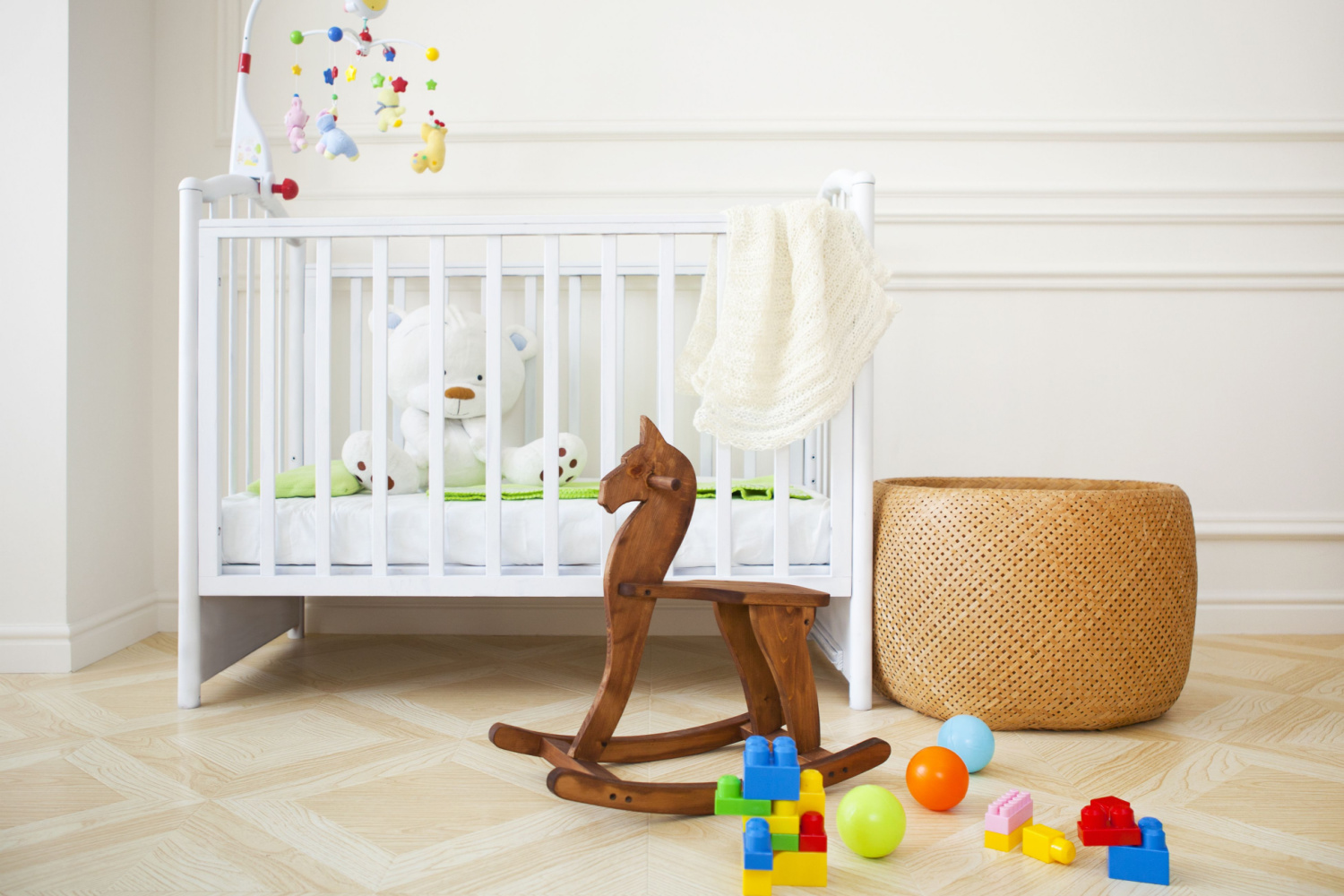
If you need the crib for a new baby then it is important to start the transition at least two months before the newborn’s arrival. Also, be careful that the toddler does not feel neglected after the arrival of the new baby as this may negatively impact their psychological development (10). You can dismantle the crib and put it out of their sight for the time to boost the transition.
So, to smoothly transfer your toddler from a crib to a toddler bed you will have to be patient. Pick the right bed for your kid, preferably a convertible crib cum bed to better ease the transition. Take their choices into consideration and give them time to adjust to this new change. Keep patience and follow these tips for smooth transitioning to toddler bed.
FAQ’s
1. Are Bunk Beds Safe For Toddlers?
No, bunk beds are not safe for toddlers. You should not put your toddler on a bunk bed until 6 years of age. The top floor of a bunk bed is not safe even for a 6-year-old if they are a restless sleeper. You can, however, put the toddler on the lower bunk.
2. At What Age Can Kids Start Sleeping in Bunk Beds?
Kids can start sleeping in a bunk bed after they turn 6 years old and mature enough to not fall from the bed. Installing guardrails is a must for kid’s bunk beds. Place the bunk bed in one corner of a wall for maximum protection.
3. How Long Does it Take to Adjust to a Toddler Bed?
Toddlers can take roughly a few weeks to a month or two to properly adjust to their toddler bed. Initially, they may show reluctance or discomfort in sleeping in a new bed. But with time and patience, they will get into the habit of it.
4. How Can I Make my Toddler’s Bed More Comfortable?
To make your toddler’s bed more comfortable you will first have to pick a soft and bouncy mattress. Then choose one or two soft pillows and a comforter for giving a warm and cozy feeling to your toddler at night. You can add one or two of their favorite soft toys as well to make the bed more appealing to them.
5. Should a Toddler’s Bed be Against The Wall?
Putting a toddler’s bed against the wall may seem safer to you in the sense of security. But while doing so, do not leave a space between the wall and the bed. Otherwise, if the toddler rolls off the bed, they will get stuck in the limited space between the wall and the bed and get severely hurt or suffocated.
6. Where is The Best Place to Put a Toddler’s Bed?
The best place to put a toddler’s bed is against a wall without a window, plug socket, or any potentially risky object. You can put the headboard of your toddler’s bed against the wall to ensure more safety.
References
- Caregiver-perceived sleep outcomes in toddlers sleeping in cribs versus beds – [https://www.ncbi.nlm.nih.gov/pmc/articles/PMC6432782/]
- Age, side height, and spindle shape of the crib in climbing over the side – [https://pubmed.ncbi.nlm.nih.gov/9347557/]
- Fall prevention among children in the presence of caregivers in a paediatric ward: a best practice implementation – [https://pubmed.ncbi.nlm.nih.gov/23448328/]
- Bassinet Use and Sudden Unexpected Death in Infancy – [https://www.ncbi.nlm.nih.gov/pmc/articles/PMC2575771/]
- Is the heat wave increasing the number of falls from open windows among children? – [https://www.ncbi.nlm.nih.gov/pmc/articles/PMC2083154/]
- Approaches used by parents to keep their children safe at home: a qualitative study to explore the perspectives of parents with children aged under five years – [https://www.ncbi.nlm.nih.gov/pmc/articles/PMC4588674/]
- The stuffed animal sleepover: enhancement of reading and the duration of the effect – [https://www.ncbi.nlm.nih.gov/pmc/articles/PMC5333530/]
- Benefits of a bedtime routine in young children: Sleep, development, and beyond – [https://www.ncbi.nlm.nih.gov/pmc/articles/PMC6587181/]
- Parenting Knowledge, Attitudes, and Practices – [https://www.ncbi.nlm.nih.gov/books/NBK402020/]
- Psychological Aspects of Child Maltreatment – [https://www.ncbi.nlm.nih.gov/pmc/articles/PMC9082119/]
